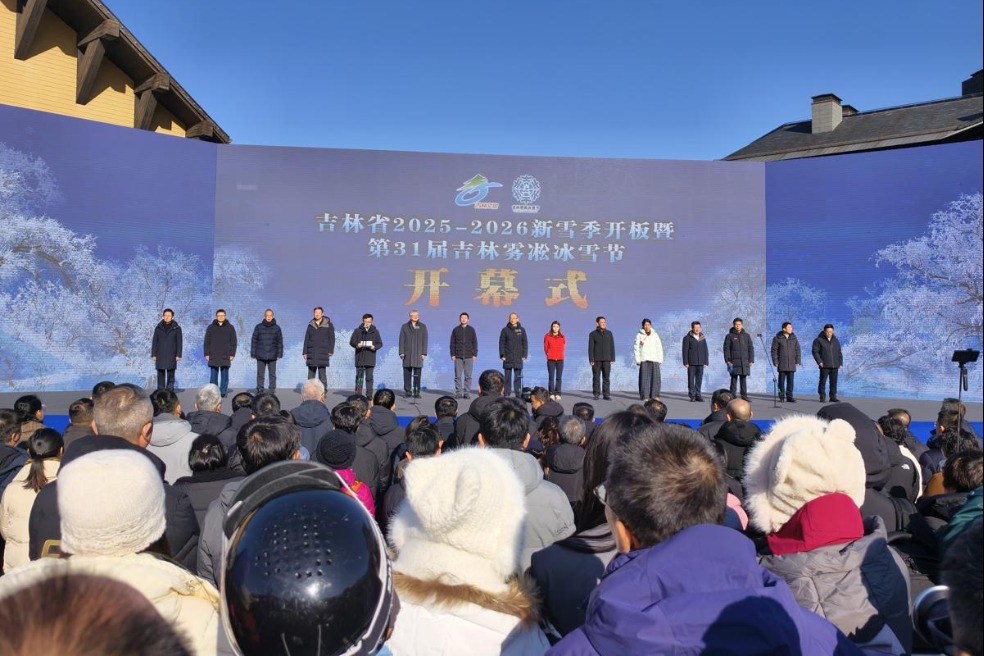Researchers in North China help reveal key brain spatiotemporal information processing mechanism

TIANJIN -- Researchers from Tianjin University in North China, working with international collaborators, have uncovered a mechanism that helps explain how the brain handles information that unfolds over time.
The study, published on Saturday in the journal Proceedings of the National Academy of Sciences, suggests that two forms of change at synapses, the tiny junctions where neurons communicate, work together to enable the brain to treat events arriving in sequence as if they were laid out side by side.
In everyday terms, neurons talk to one another using brief electrical spikes that pass across chemical synapses. Such synapses can change how strongly they pass signals over both long and short timescales. Long-term plasticity produces lasting adjustments and is linked to learning and memory, while short-term plasticity makes rapid, temporary tweaks based on very recent activity.
The research team, led by Yu Qiang, a professor at Tianjin University, found that long-term changes can tune short-term dynamics, enabling neurons to read a series of spikes over time as a pattern in space -- much like turning a melody into a snapshot.
This time-into-space transformation can help neural circuits store more information and better resist noise without having to build larger networks -- though it may require the circuits to fire more when extra capacity is needed, according to the study.
The findings are grounded in computational models that match recent electrophysiological measurements from the neocortex of mice and humans, adding confidence that the mechanism reflects how brains really work.
"This study is like discovering the brain's 'collaboration code' for information processing," Yu said. "It not only clarifies the underlying logic of how the brain handles information but also supports the development of interpretable and generalizable next generation AI methods, thus marking further progress at the intersection of brain inspired intelligence and artificial intelligence."
- Researchers in North China help reveal key brain spatiotemporal information processing mechanism
- China holds live-fire drill in Yellow Sea, vessels warned
- Autoflight unveils integrated vertiport for eVTOL aircrafts
- China launches international program to advance 'artificial sun' research
- China's development experience valuable to Global South: professor
- Inner Mongolia launches five-month ice-snow season amid China's winter tourism push




































